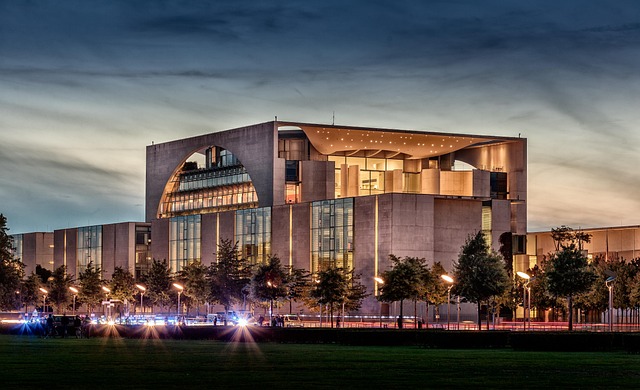
The Constitutional Convention
The Constitutional Convention, held in 1787, was a pivotal moment in American history. It was here that the framework for the United States government was crafted, shaping the nation we know today. Let’s dive into what really went down during this significant event and why it matters. 🏛️
The Purpose of the Convention
Originally, the convention was intended to revise the Articles of Confederation, which had proven to be inadequate for governing the young nation. However, key figures like James Madison and Alexander Hamilton recognized that a complete overhaul was necessary. They aimed to create a new system of federal government that could effectively manage the states and ensure a stronger national presence.
Who Was Involved?
Delegates from twelve of the thirteen states gathered in Philadelphia, with George Washington elected as the president of the convention. His leadership was crucial, as he was a respected figure who had led the Continental Army during the Revolutionary War. Washington's presence lent credibility to the proceedings and helped unify the delegates around the goal of creating a robust federal government.
Key Discussions and Debates
The convention was marked by intense debates over various issues, including representation, state versus federal power, and the structure of the new government. Here are a few major points of contention:
- Representation: Should states be represented equally, or should representation be based on population? This debate led to the Great Compromise, establishing a bicameral legislature with the House of Representatives based on population and the Senate providing equal representation for each state.
- Slavery: The issue of slavery was hotly debated, with some delegates advocating for its abolition while others insisted on its continuation for economic reasons. This resulted in the Three-Fifths Compromise, which counted slaves as three-fifths of a person for representation purposes.
- Federal vs. State Power: Delegates argued over how much power should be granted to the federal government versus the states. Ultimately, a balance was struck, allowing for a federal government with specific powers while reserving others for the states.
The Outcome
After months of deliberation, the Constitution was signed on September 17, 1787. This document established the framework for the federal government and included essential principles such as checks and balances, separation of powers, and individual rights. The ratification process that followed was not without its challenges, but the Constitution was eventually adopted, laying the foundation for American democracy.
Why It Matters Today
The Constitutional Convention was more than just a meeting; it was a transformative event that defined the future of the United States. The Constitution remains a living document, guiding the nation through challenges and changes over the centuries. Its principles continue to influence modern governance and the rights of citizens. Understanding the convention helps us appreciate the complexities of our political system and the foresight of the Founding Fathers. 🇺🇸
Final Thoughts
The Constitutional Convention was a remarkable achievement in American history, showcasing the power of collaboration and compromise. It serves as a reminder that even the most contentious debates can lead to significant progress. So, the next time you think about the Constitution, remember the hard work and dedication that went into creating the framework for our government.

















 Marxism Leninism
Marxism Leninism 
 Health
Health  Fitness
Fitness  Lifestyle
Lifestyle  Tech
Tech  Travel
Travel  Food
Food  Education
Education  Parenting
Parenting  Career & Work
Career & Work  Hobbies
Hobbies  Wellness
Wellness  Beauty
Beauty  Cars
Cars  Art
Art  Science
Science  Culture
Culture  Books
Books  Music
Music  Movies
Movies  Gaming
Gaming  Sports
Sports  Nature
Nature  Home & Garden
Home & Garden  Business & Finance
Business & Finance  Relationships
Relationships  Pets
Pets  Shopping
Shopping  Mindset & Inspiration
Mindset & Inspiration  Environment
Environment  Gadgets
Gadgets  Politics
Politics 